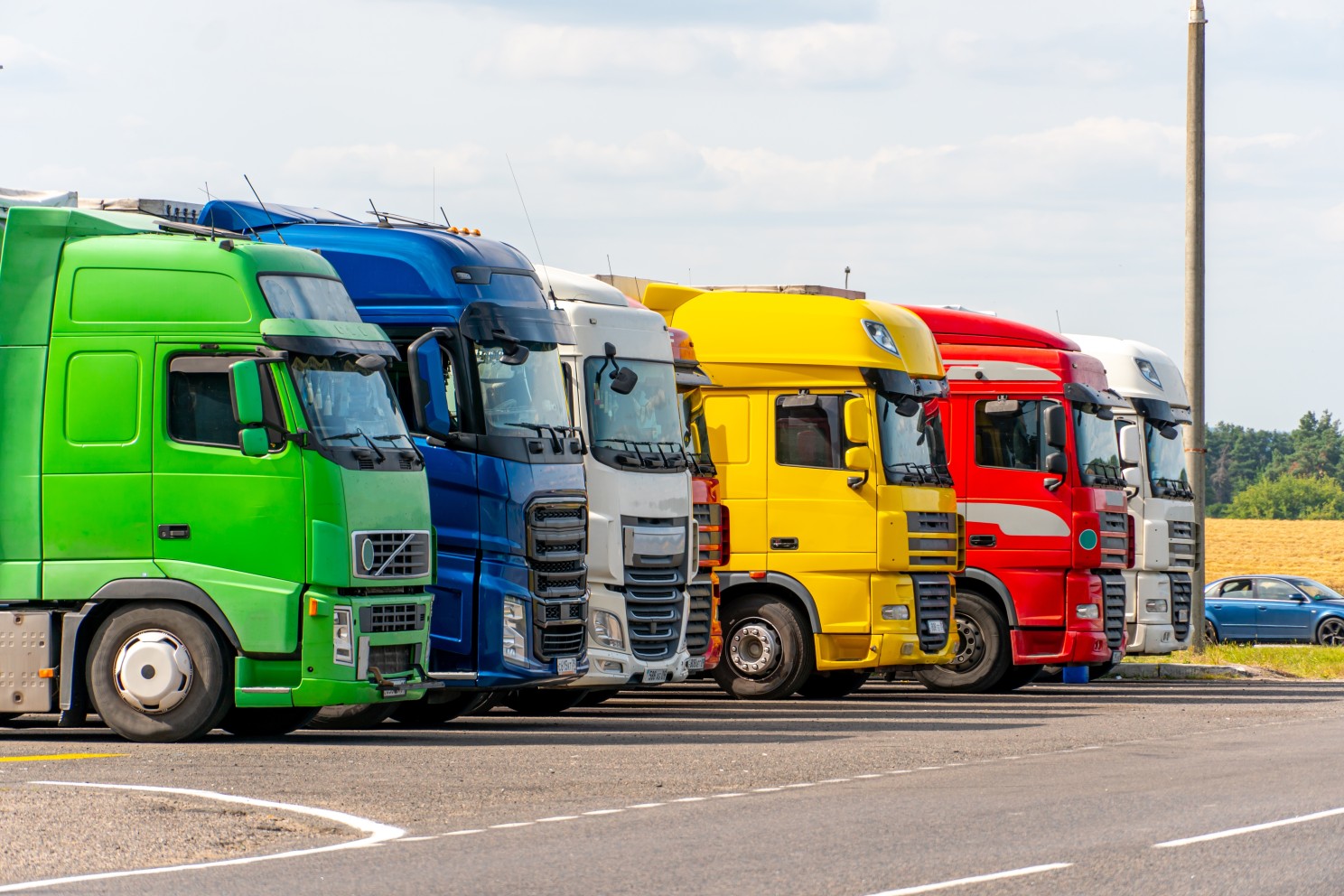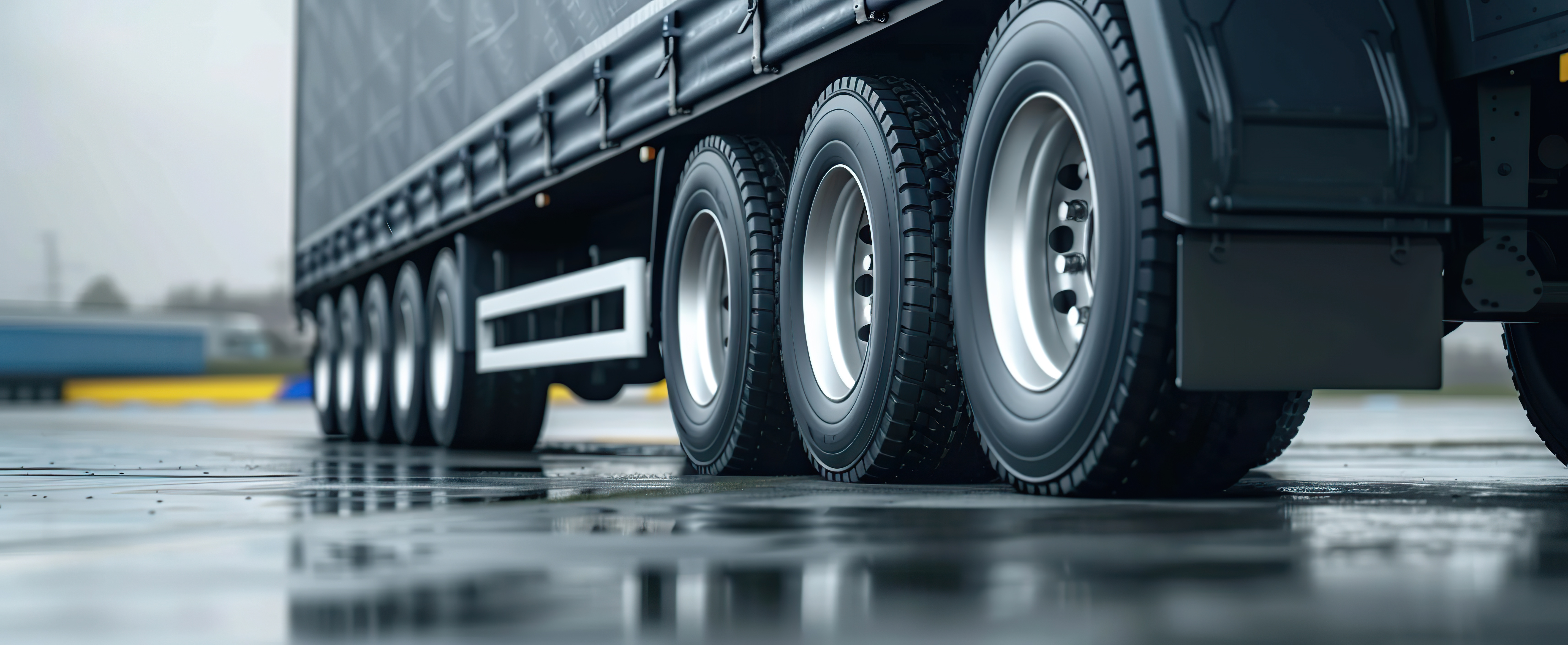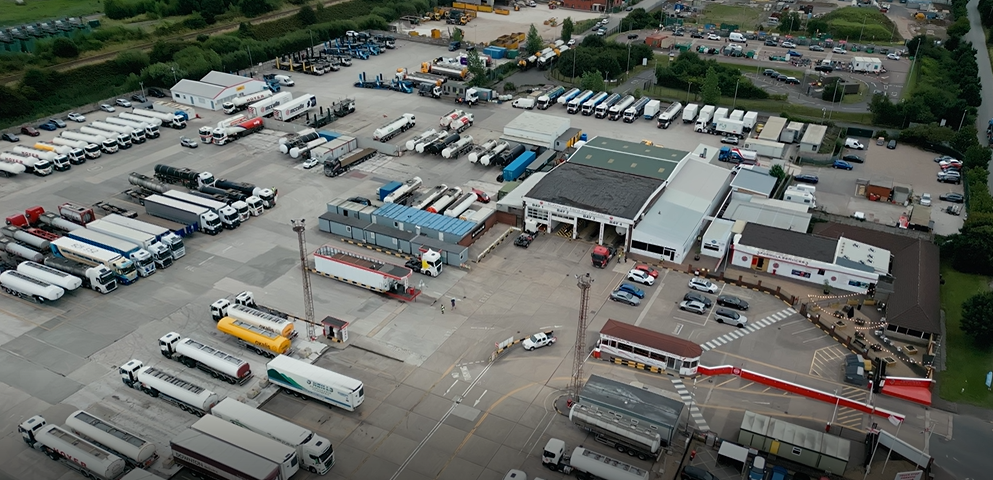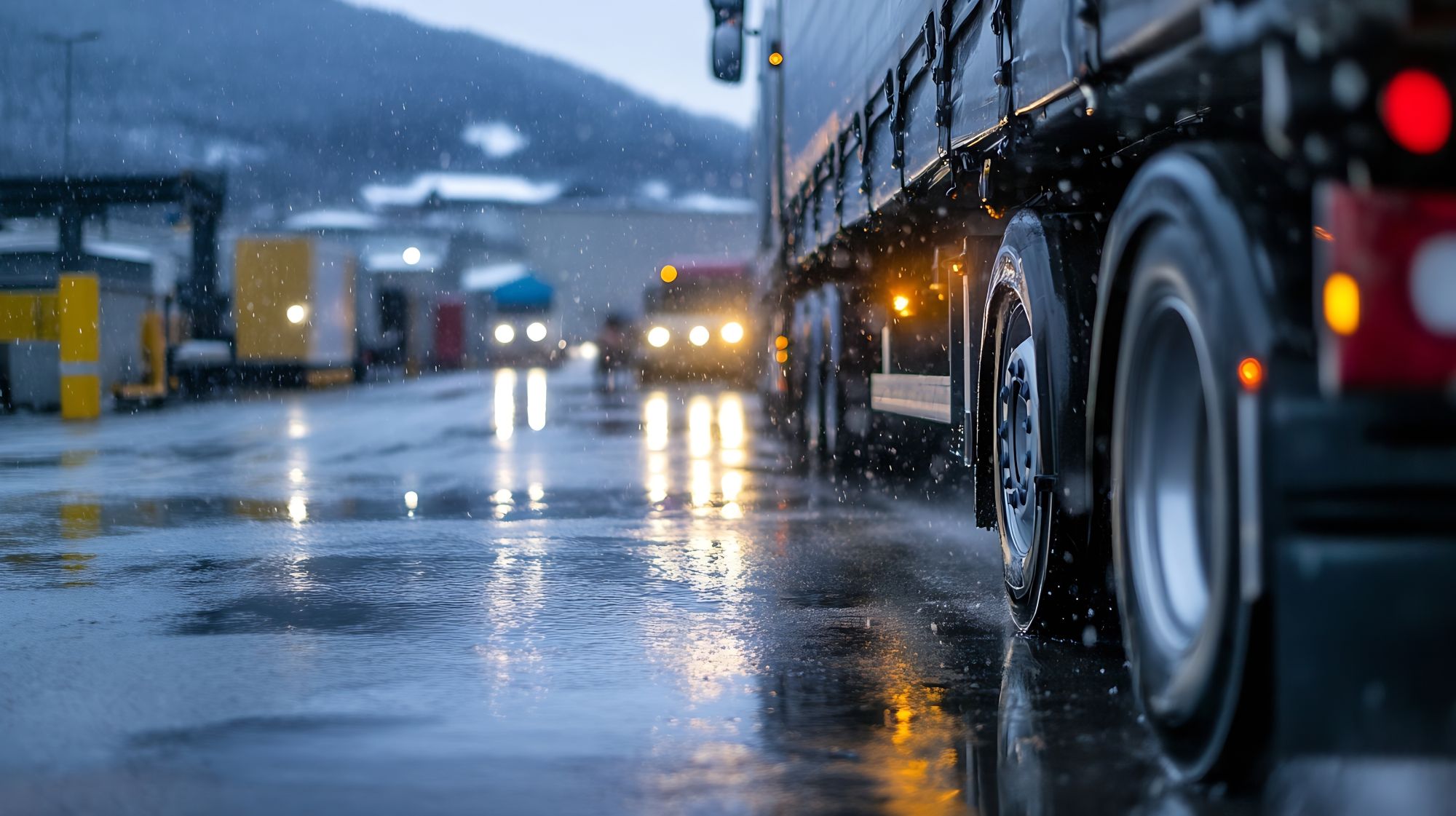
Josh Cousens
Čo by mali manažéri vozových parkov vedieť o dopravných predpisoch EÚ
Vytvorené: 07. 04. 2025
•
Aktualizované: 07. 04. 2025
Vieme, že manažéri vozových parkov musia riešiť problémy s nedostatkom vodičov, rastúcimi nákladmi na palivo a náročnou úlohou udržiavať nákladné vozidlá v súlade s predpismi. Teraz pridajte zložitú sieť dopravných predpisov EÚ, ktoré sa vyvíjajú rýchlejšie ako počet najazdených kilometrov vášho vozového parku. Znie vám to povedome?
Vitajte na fronte európskej nákladnej dopravy.
Regulačné prostredie EÚ je výzvou, ale aj plánom na inovatívnejšiu, bezpečnejšiu a udržateľnejšiu nákladnú dopravu, od pravidiel týkajúcich sa prevádzkových hodín až po emisné ciele.
Či už riadite rodinnú firmu v Poľsku, alebo dohliadate na celoeurópske operácie z Veľkej Británie, udržiavanie náskoku pred pravidlami nie je dobrovoľné. Je to prežitie.
Prečo musia manažéri vozového parku venovať pozornosť
Predpisy EÚ v oblasti dopravy ovplyvňujú takmer každý aspekt vašej prevádzky: hodiny jazdy vodičov, emisie vozidiel, hraničné kontroly, parkovanie a dodržiavanie digitálnych predpisov. Nedodržanie predpisov môže znamenať pokuty, meškanie alebo stratu zmluvy.
Dobrou správou je, že ak systému rozumiete, môžete ho využiť vo svoj prospech. Znalosť pravidiel vám uľahčí odlíšiť sa od konkurencie.

Kľúčové nariadenia EÚ o doprave, ktoré by mal poznať každý manažér vozového parku
1. Zákony o pracovnom čase vodičov a tachografoch
Európska únia má prísne pravidlá o tom, ako dlho môžu vodiči pracovať na ceste. Manažéri vozových parkov musia zabezpečiť, aby ich vodiči:
- Jazda maximálne 9 hodín denne (s možnosťou predĺženia na 10 hodín dvakrát týždenne)
- Neprekračujte 56 hodín jazdy za týždeň
- Po 4,5 hodinách jazdy si urobte 45-minútovú prestávku.
Digitálne tachografy musia byť namontované na všetkých príslušných vozidlách, aby bolo možné sledovať dodržiavanie predpisov. Nedodržanie tejto povinnosti je jedným z najčastejších dôvodov na uloženie pokuty.
Viac informácií o pravidlách pre tachografy tu.
2. Balík mobility
Tento rozsiahly súbor reforiem mení cezhraničnú nákladnú dopravu. Kľúčové zmeny zahŕňajú:
- Pravidelný návrat vozidiel do ich domovskej krajiny každých 8 týždňov
- Rovnaké odmeňovanie vodičov pôsobiacich v hostiteľských krajinách EÚ
- Nové pravidlá kabotáže a vysielania vodičov.
Pre manažérov vozového parku, ktorí dohliadajú na medzinárodnú dopravu, je to zmena.
Viac informácií o balíku mobility tu.
3. Emisie a environmentálne pravidlá
Nízkoemisné zóny (LEZ), ciele CO2 pre nové nákladné vozidlá a stimuly pre elektrické vozidlá sú len začiatkom.
Manažéri vozového parku musia dodržiavať emisné normy Euro 7. Medzi ne patria:
- Zistite, kde sa nachádzajú nízkoemisné zóny (najmä v mestách ako Paríž, Berlín a Miláno)
- Investujte do ekologickejších technológií alebo modernizujte staršie vozidlá
- Sledovať údaje o emisiách pre potreby podávania správ.
4. Inteligentné tachografy a dodržiavanie digitálnych predpisov
Európska únia sa snaží o automatizované presadzovanie predpisov:
- Inteligentné tachografy sú povinné vo všetkých nových vozidlách
- Tieto zariadenia prenášajú údaje GPS a orgány ich môžu skenovať na diaľku
- Digitálne nástroje na správu vozového parku už nie sú luxusom - sú vašou právnou ochrannou sieťou.
5. Cezhraničné pravidlá parkovania a odpočinku
Manažéri vozového parku musia plánovať miesta na parkovanie a odpočinok v súlade s pravidlami starostlivosti o vodičov:
- Vodiči musia tráviť týždenný odpočinok mimo kabíny
- V niektorých regiónoch sa stáva povinné bezpečné parkovanie nákladných vozidiel.

Často kladené otázky
Aké sú pravidlá EÚ týkajúce sa času jazdy pre vodičov nákladných vozidiel?
Manažéri vozového parku musia zabezpečiť, aby vodiči dodržiavali limity stanovené EÚ: 9 hodín denne (s možnosťou flexibility), riadne prestávky a maximálne týždenné/mesačné limity na jazdu.
Čo je balík EÚ pre mobilitu nákladných vozidiel?
Reforma balíka mobility zabezpečuje spravodlivú hospodársku súťaž, blaho vodičov a náležitý dohľad v medzinárodnej nákladnej a cestnej doprave - s prísnejšími pravidlami kabotáže, odmeňovania a návratov.
Čo sa stane, ak porušíte pravidlá tachografu?
Vodiči, ktorí porušia pravidlá tachografu, môžu očakávať pokuty, prípadné zákazy a poškodenie dobrého mena firmy. Nedodržiavanie predpisov nie je len riziko - je to aj drahé.
Vyžadujú krajiny EÚ emisné normy pre nákladné vozidlá?
Áno. Väčšina veľkých európskych krajín a miest má prísne politiky a emisné ciele na zníženie znečistenia ovzdušia vozidlami, takže prevádzkovatelia vozových parkov musia plánovať vopred.
Veľký obraz
Manažéri vozového parku neriadia len nákladné vozidlá, ale aj riziká, dodržiavanie predpisov a reputáciu svojej firmy. Pochopenie dopravných predpisov EÚ je rozdielom medzi prosperitou v modernej nákladnej doprave a zaostávaním.
SNAP je táto práca ľahšie zvládnuteľná. Podporujeme ľudí, ktorí udržiavajú Európu v pohybe, od digitálnych platieb až po riešenia na parkovanie nákladných vozidiel a dodržiavanie predpisov.
Predpisy sa sprísňujú, ale kompetentní manažéri vozového parku? Aj oni sprísňujú svoju hru.
Ste pripravení dodržiavať predpisy, zostať konkurencieschopní a riadiť budúcnosť nákladnej dopravy? Odomknite SNAP ešte dnes.



